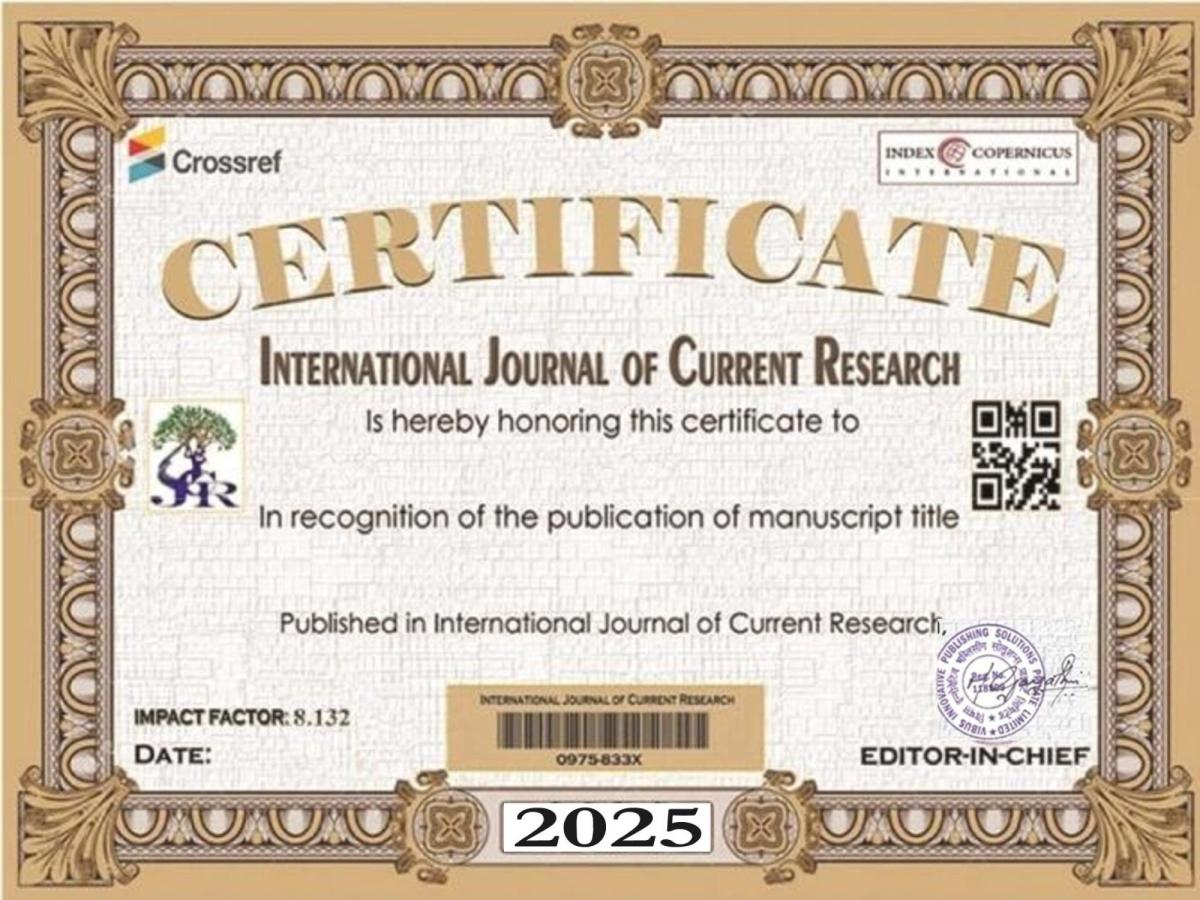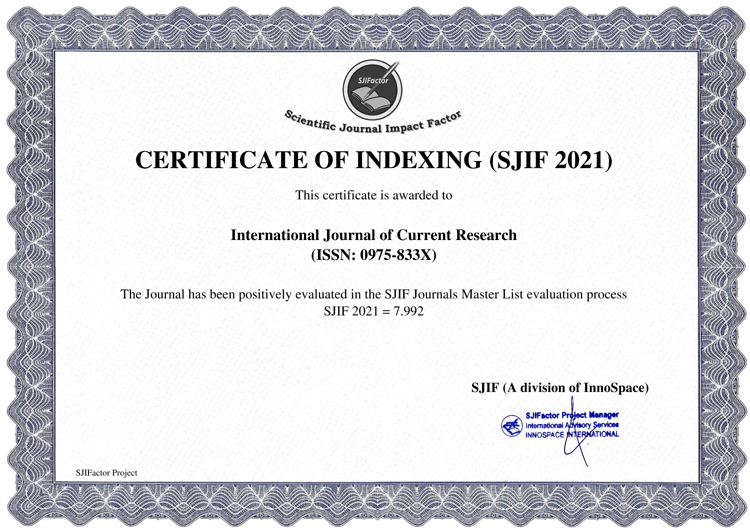Malabar-tamarind belongs to the family Clusiaceae, genu Garcinia and species Garcinia gummi-gutta. Common names are in English: Cambodge Tree, Malabar-tamarind; Kannada: Manda huli, Mantulli, Punarpuli, Seeme hunnise, Upagi mara, Aradala, Aradaala; Malayalam: Gorakkapuli, Pinar, Kodampuli, Kudapuli, Marapuli, Meenpuli, Perumpuli, Pinampuli; Tamil: Gorakkapuli, Heela, Kottukkappuli, Panampuli; Indiabiodiversity, 2025). Vrukshamlah (Sanskrit); Bilatti-amli (Hindi); Kodakkapuli (Tamil) Punarpuli; Upaagi mara (Kannada); Korakkapuli, Kodampuli, Kudapuli, Kokakkappuli, Marapuli, Meenpuli, Perumpuli, Pinumpuli, Pinar (Malayalam). Foreign Name are in Chinese: Guan-mu, Dutch: Geelihars, English: Malabar tamarind, French: Gamboge, German: Gummiguttbaum. Danish (gummiguttræ); Dutch (geelhars); English (gamboge,brindal berry); French (mangoustanier ducambodge, gomme-gutte); German (gummiguttbaum); Hindi (upage mara, murugana huli); Japanese (garushinia kanbogia); Trade name (camboge tree). Chinese: Guan-mu, Dutch: Geelihars, English: Malabar tamarind, French: Gamboge, German: Gummiguttbaum. Garcinia gummi-gutta is a tropical species of Garcinia native to South Asia and Southeast Asia. Common names include Garcinia cambogia (a former scientific name), as well as brindle berry, and Malabar tamarind. The fruit looks like a small pumpkin and is green to pale yellow in color. Although it has received considerable media attention purporting its effects on weight loss, there are reports of liver toxicity associated with the Hydroxycut commercial preparation containing the fruit extract, with clinical evidence indicating it has no significant effect on weight loss. Garcinia is the largest genus of the Clusiaceae family comprising nearly 250 species. Garcinia gummi-gutta (L.) (Syn.: Garcinia cambogia (Gaertn.); Common name: Malabar tamarind), is one of the most important members of the Clusiaceae family. It is a small or medium sized tree up to 12 m tall with dark green and shining leaves. The leaves are elliptic obovate, 2-5 inch long and 1-3 inch broad. Fruits are ovoid, 2 inches in diameter, yellow when ripe, with 6-8 grooves; seeds 6-8 surrounded by succulent aril. The aril and the fleshy covering encasing the seed is edible when ripe. The differentiation between male and female trees is known only at the flowering stage which takes approximately 7 to 9 years. G. gummi-gutta is a common species found in the Western Ghats, from the Konkan southwards to Travancore eastwards. The species has now been introduced elsewhere in the subtropical region of Asia including China, Malaysia and the Philippines. It is a common fruit plant of the Western Ghats, attributed with a wide range of applications ranging from food, medicines and nutraceutics. The fruit rind of G. gummi-gutta is the major source of (−)-hydroxycitric acid (HCA). In addition, secondary metabolites such as xanthones, benzophenones, organic and amino acids were also reported from this plant. The potential beneficial effects include antioxidant, antihelmenthic, antidiabetic, antimicrobial, antiobesity and hyperlipidaemic properties. Reports on the toxicity and observations during clinical trials suggest that G. gummi-gutta is safe for human consumption. The consequences of using Garcinia gummi-gutta, often known as Malabar Tamarind, sustainably while diving into the complex web of genetic variation inside the crop. Botanical and genetic traits of this enigmatic species, revealing the morphological quirks and genetic differences that make it distinct. Examining the range and preferred habitats helps to highlight the ecological niches that are essential to its existence. It delves intently into the complex web of phytochemicals found in various plant parts and explains their range of biological functions. A crucial component of this study is a thorough examination of the techniques used to gauge the genetic diversity of populations of G. gummi-gutta. The assessment of G. gummi-gutta's conservation status indicates that threats to the species’ genetic richness need to be taken seriously and quickly addressed. The difficulties in attaining sustainable use are examined in detail, offering a comprehensive grasp of the nuances related to overexploitation and conservation initiatives.





